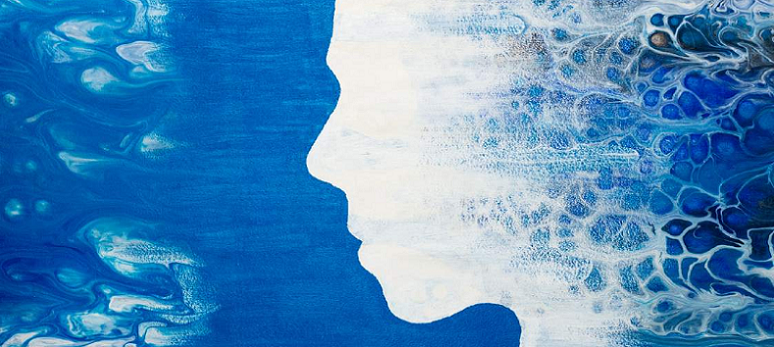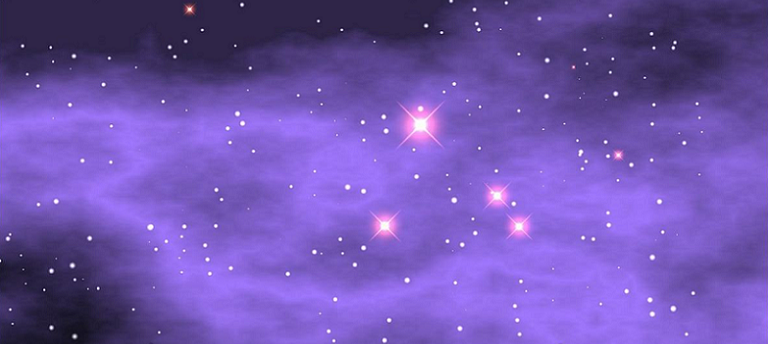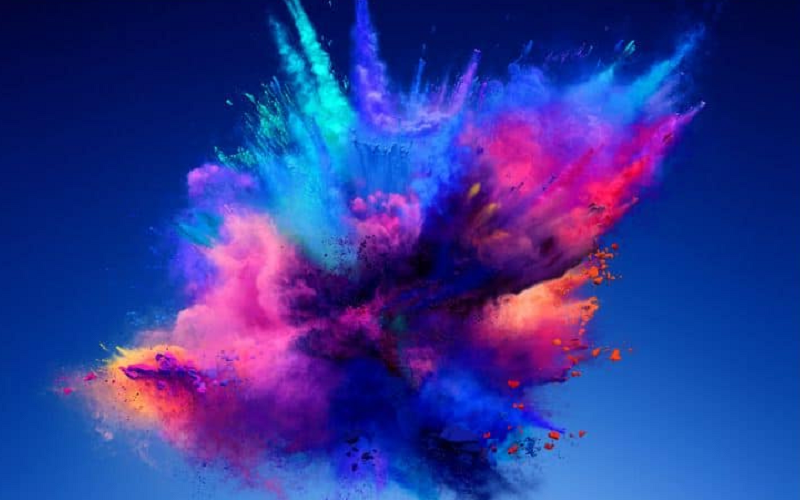Colors have spiritual meaning in many cultures because they have been used to represent certain ideas, emotions, and concepts for centuries. Different cultures have used colors in various rituals, ceremonies, and traditions, assigning specific meanings to them over time. Additionally, the way that color can affect our emotions and perceptions has been observed and studied, and some believe that certain colors can have a spiritual effect on an individual.
Different Cultures Have Different Color Spirituality Beliefs
For example, some people believe that the color red can stimulate the root chakra, which is associated with physical grounding and survival instincts, while the color blue can stimulate the throat chakra, which is associated with communication and self-expression.
Furthermore, different cultures have different associations with certain colors, which can be rooted in mythology, religious beliefs, or traditional practices. For example, in many ancient cultures, the color blue was often associated with the sky or the sea, and therefore, with the divine. Similarly, the color green was associated with nature, and therefore, with fertility, growth, and renewal.
Overall, colors have spiritual meaning in many cultures, because they have been used to represent certain ideas, emotions, and concepts for centuries and also because of their potential emotional and physical effects.

The Spiritual Meaning of the Color Red
Red is a powerful and passionate color that is often associated with strong emotions such as love, anger, and aggression. In spiritual and religious contexts, red is often associated with the root chakra, which is associated with physical grounding and survival instincts. It is often used to represent the life force, energy, and vitality.
In many cultures, red is associated with the elements of fire and blood. It is often seen as a symbol of strength, power, and determination. It is also associated with the sun and the warmth it brings, making it a symbol of light and life.
In Western cultures, red is often associated with love and passion. It is the color of Valentine’s Day, and it is often used to represent romantic love.
In Eastern cultures, red is often associated with good luck, prosperity, and happiness. It is also associated with the south and south-facing direction, which is considered to be the direction of wealth and good fortune.
In many ancient cultures, red was also a symbol of sacrifice and the shedding of blood. This is why it is often used to represent the idea of sacrifice, whether it is the sacrifice of animals in religious rituals or the sacrifice of oneself for the greater good.
Overall, the spiritual meaning of red can vary depending on the context and culture, but it is often associated with strong emotions, power, and vitality.

The Spiritual Meaning of the Color Blue
Blue is a soothing and calming color that is often associated with feelings of peace, tranquility, and serenity. In spiritual and religious contexts, blue is often associated with the throat chakra, which is associated with communication and self-expression. It is also associated with the spiritual realm and is often used to represent the divine or the heavens.
In many cultures, blue is associated with the elements of water and the sky. It is often seen as a symbol of purity, wisdom, and truth. It is also associated with the ocean and the vastness of the sea, making it a symbol of infinity and the unknown.
In Western cultures, blue is often associated with trust, loyalty, and wisdom. It is the color of the Virgin Mary in Christianity and is often used to represent the idea of heaven and paradise.
In Eastern cultures, blue is often associated with immortality and the divine. It is also associated with the east and the east-facing direction, which is considered to be the direction of the spiritual realm.
In many ancient cultures, blue was also a symbol of protection and was often used in rituals to ward off evil spirits. This is why it is often used to represent the idea of protection and security.
Overall, the spiritual meaning of blue can vary depending on the context and culture, but it is often associated with feelings of peace, tranquility, and serenity, and also, it is associated with the divine and the spiritual realm.

The Spiritual Meaning of the Color Green
Green is a refreshing and rejuvenating color that is often associated with growth, renewal, and harmony. In spiritual and religious contexts, green is often associated with the heart chakra, which is associated with love, compassion, and connection to others. It is also associated with nature, and is often used to represent the idea of balance and harmony.
In many cultures, green is associated with the element of earth and the natural world. It is often seen as a symbol of fertility, growth, and renewal. It is also associated with the forest and the lushness of nature, making it a symbol of abundance and prosperity.
In Western cultures, green is often associated with hope and renewal. It is the color of the Christian holiday of Easter and is often used to represent the idea of resurrection and new life.
In Eastern cultures, green is often associated with health, healing, and growth. It is also associated with the east and the east-facing direction, which is considered to be the direction of new beginnings.
In many ancient cultures, green was also a symbol of rebirth and rejuvenation. This is why it is often used to represent the idea of renewal, growth and rebirth.
Overall, the spiritual meaning of green can vary depending on the context and culture, but it is often associated with growth, renewal, and harmony, and also, it is associated with nature and the balance of life.

The Spiritual Meaning of the Color White
White is a pure and pristine color that is often associated with light, goodness, and innocence. In spiritual and religious contexts, white is often associated with the crown chakra, which is associated with spiritual connection and enlightenment. It is also associated with the spiritual realm and is often used to represent the divine, higher consciousness, and purity.
In many cultures, white is associated with the element of air and the heavens. It is often seen as a symbol of purity, innocence, and goodness. It is also associated with light, making it a symbol of knowledge and understanding.
In Western cultures, white is often associated with purity and innocence. It is the color of the Christian holiday of Christmas and is often used to represent the idea of the birth of Jesus, and also associated with the idea of spiritual rebirth and enlightenment.
In Eastern cultures, white is often associated with the spiritual realm and the divine. It is also associated with the north and the north-facing direction, which is considered to be the direction of the spiritual realm and higher consciousness.
In many ancient cultures, white was also a symbol of the afterlife and spiritual transcendence. This is why it is often used to represent the idea of spiritual transcendence and the journey to the spiritual realm.
Overall, the spiritual meaning of white can vary depending on the context and culture, but it is often associated with light, purity, innocence and goodness, and also, it is associated with the spiritual realm and higher consciousness.

The Spiritual Meaning of the Color Purple
Purple is a rich and regal color that is often associated with spirituality, luxury, and creativity. In spiritual and religious contexts, purple is often associated with the third eye chakra, which is associated with intuition, wisdom, and spiritual insight. It is also associated with the spiritual realm and is often used to represent the divine, higher consciousness, and mystery.
In many cultures, purple is associated with the element of spirit and the unknown. It is often seen as a symbol of royalty, luxury, and creativity. It is also associated with spirituality, making it a symbol of transcendence and enlightenment.
In Western cultures, purple is often associated with spirituality and mystery. It is the color of the Christian holiday of Lent and is often used to represent the idea of sacrifice and spiritual transformation.
In Eastern cultures, purple is often associated with spiritual awakening and the divine. It is also associated with the south and the south-facing direction, which is considered to be the direction of spiritual awakening and enlightenment.
In many ancient cultures, purple was also a symbol of spiritual power and authority. This is why it is often used to represent the idea of spiritual power and authority.
Overall, the spiritual meaning of purple can vary depending on the context and culture, but it is often associated with spirituality, luxury, creativity, and also, it is associated with the spiritual realm and higher consciousness.

